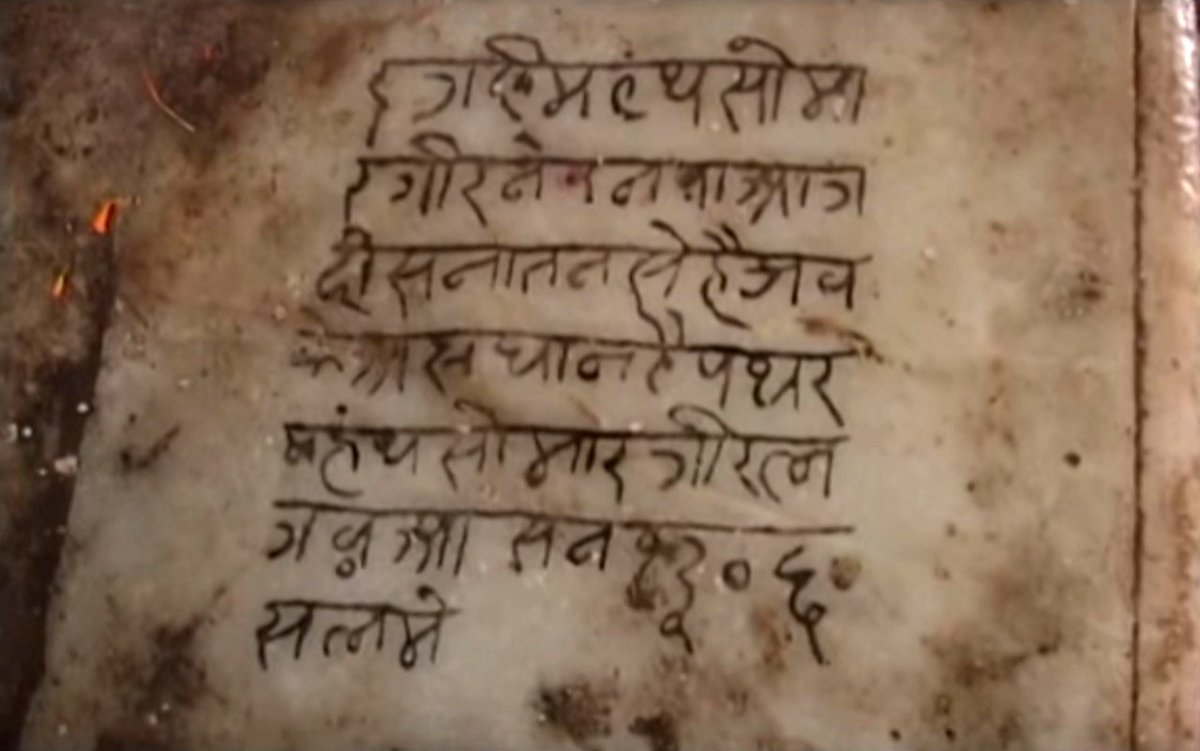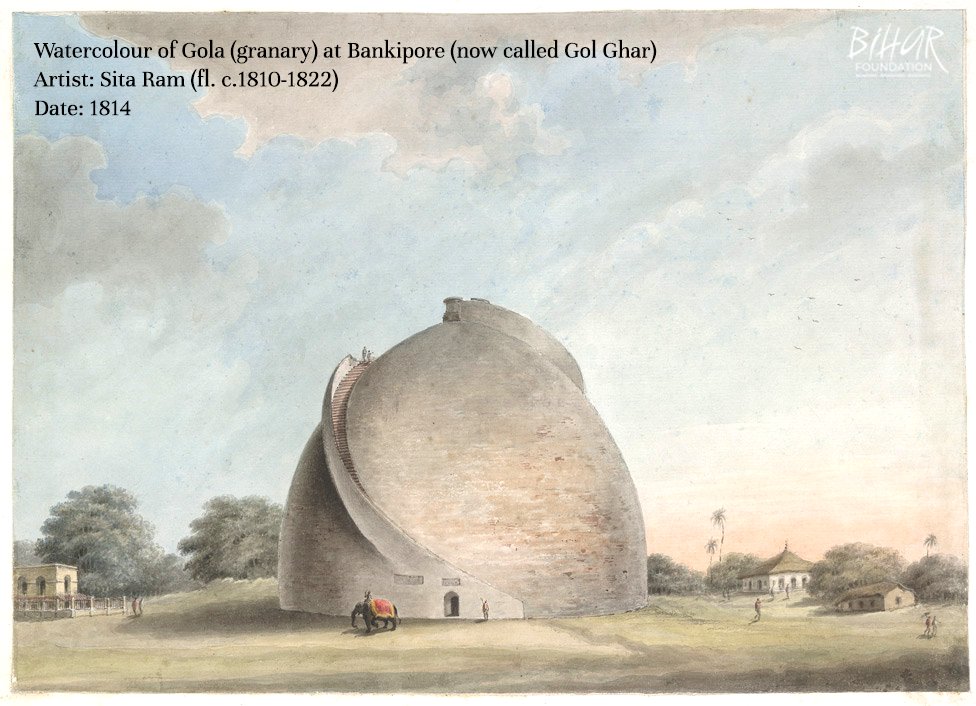
European traveller Marshall had mentioned that even the traders of the far-flung Tatar desh used to come to the #SonepurMela to deal in commerce.
Do you know the fair was not always held here at Sonepur? A thread 👇 (1)
Do you know the fair was not always held here at Sonepur? A thread 👇 (1)

The period of the inception of the Sonepur fair, also known as Harihar Kshetra Mela, is shrouded in obscurity. Some trace it back to the 4th century BC Mauryan period.
Previously the fair was held at Hajipur (Ramchaura) and only oblation was offered to the deity at Sonepur. (2)
Previously the fair was held at Hajipur (Ramchaura) and only oblation was offered to the deity at Sonepur. (2)

There is a description of #SonepurFair by M. Wilson in his Memoir on Bihar, which was written in 1852. He has written that one could buy from the canvas-made-shop the commodities of Manchester, Buckingham, Delhi, Kanpur, Afghanistan and Kashmir, etc. (3) 

In former years the fair was the occasion of a large social gathering of Europeans. A large camp was held in a magnificent grove and the visitors amused themselves with gymkhanas, sports, dances and visits to the fair which presents Indian life under many interesting aspects. (4) 
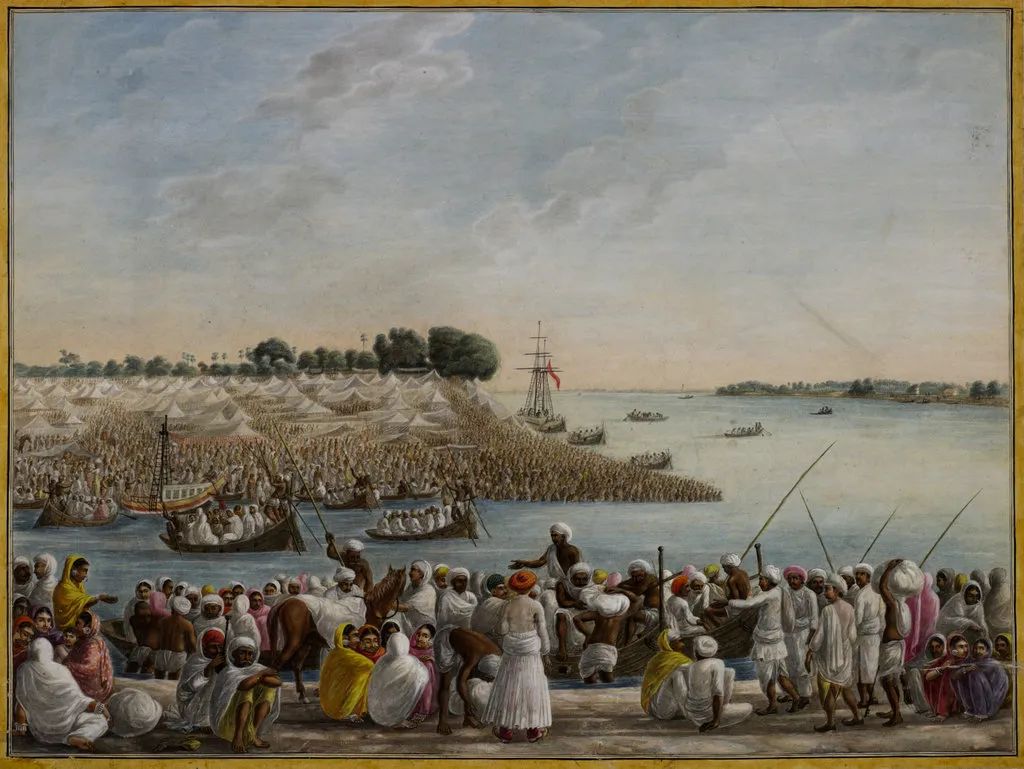
During the 19th century prominent men assembled at the fair to discuss the political and social issues.
In such a gathering just preceding the movement of 1857, freedom fighter Babu Kunwar Singh is said to have hatched a plan with others to overthrow the British Government. (5)
In such a gathering just preceding the movement of 1857, freedom fighter Babu Kunwar Singh is said to have hatched a plan with others to overthrow the British Government. (5)

The investiture ceremony of Khillaut of Rana Jang Bahadur of Nepal conferred by Lord Mayo for his service and loyalty to the British government during the Mutiny (1857) is a popular event in the history of the #SonepurMela. (6) 
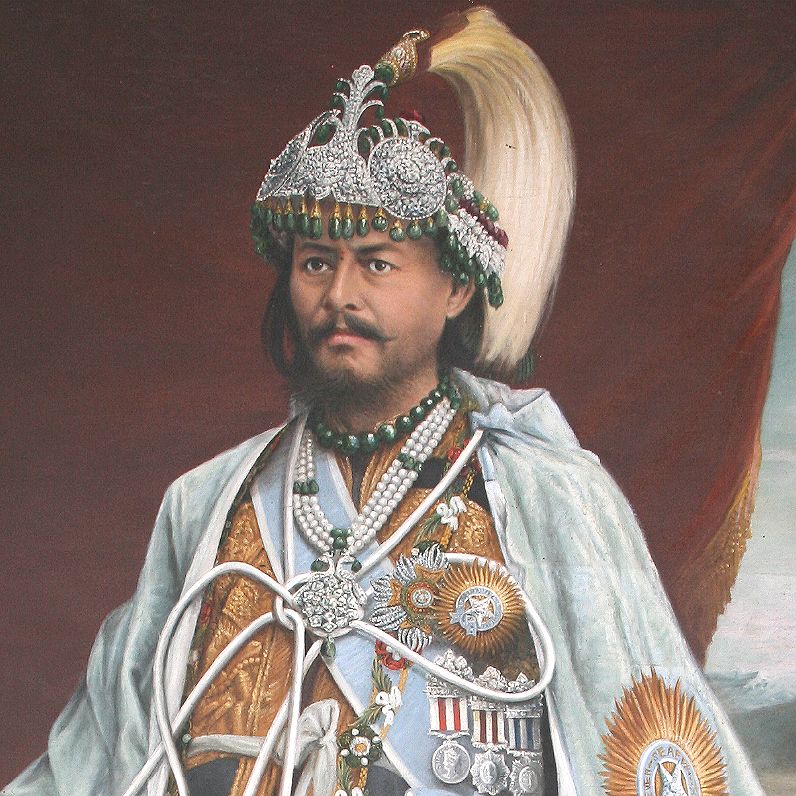
Lord Northbrook's visit to #SonepurMela during his viceroyalty (Governor General and Viceroy of India from May 1872 to April 1876) is also part of recorded history of the fair. (7) 
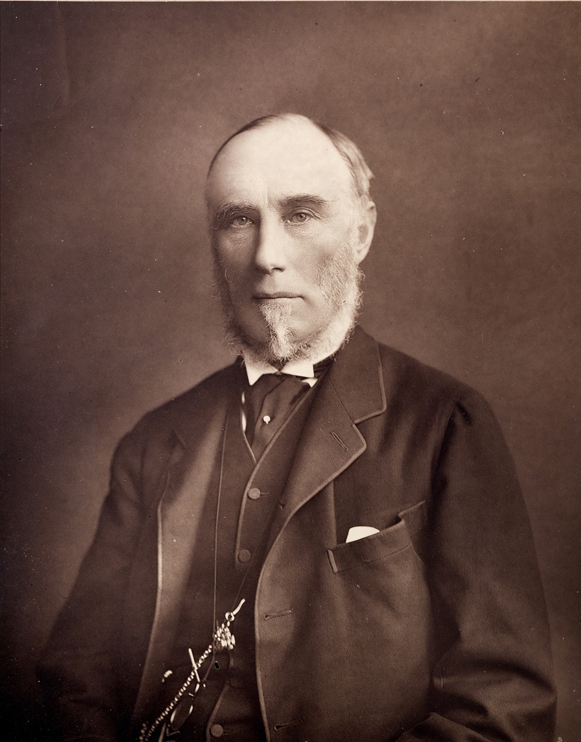
The #SonepurMela has given a great impetus to the indigenous cottage industries and trade & commerce.
Goods of a great variety and origin are sold, and also a large number of cattle, horses and elephants, it is in fact one of the largest cattle markets of the world. (8)



Goods of a great variety and origin are sold, and also a large number of cattle, horses and elephants, it is in fact one of the largest cattle markets of the world. (8)


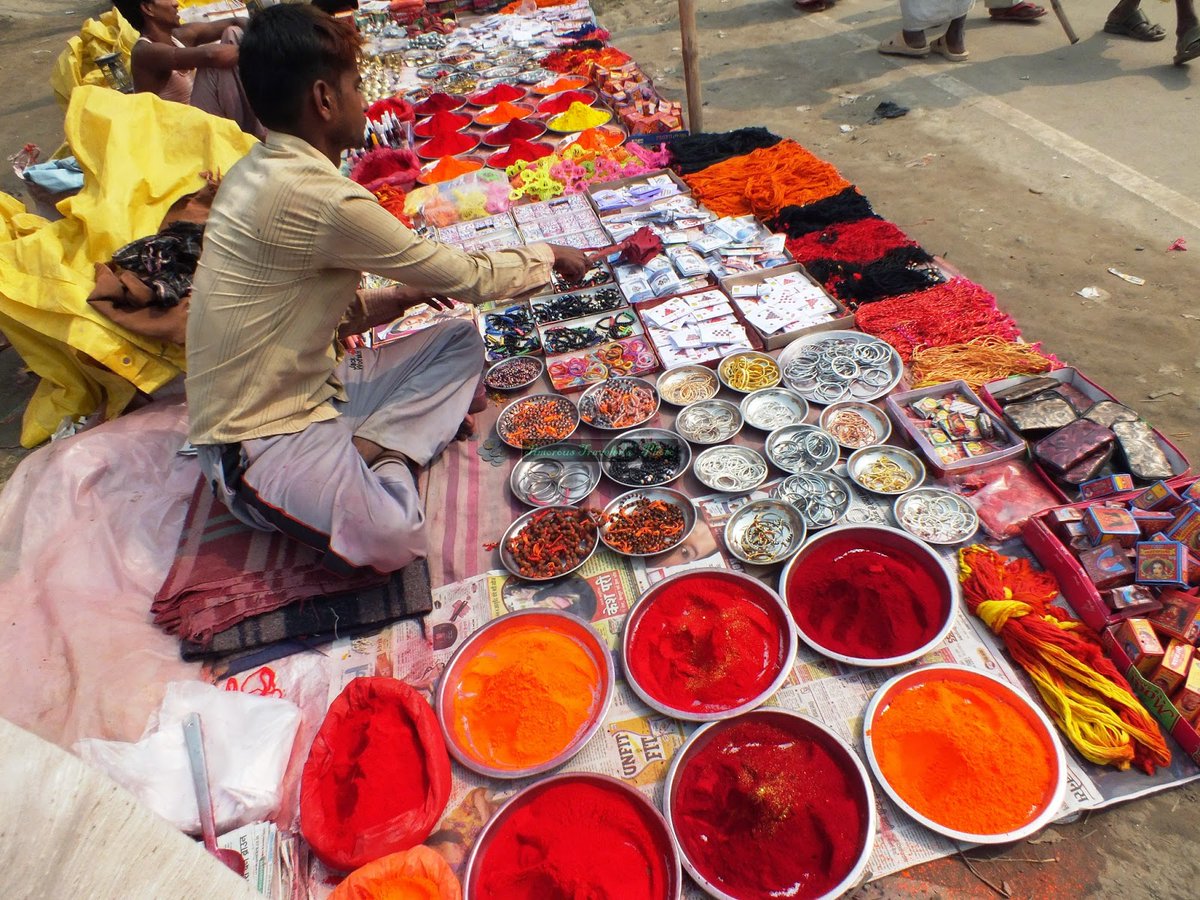
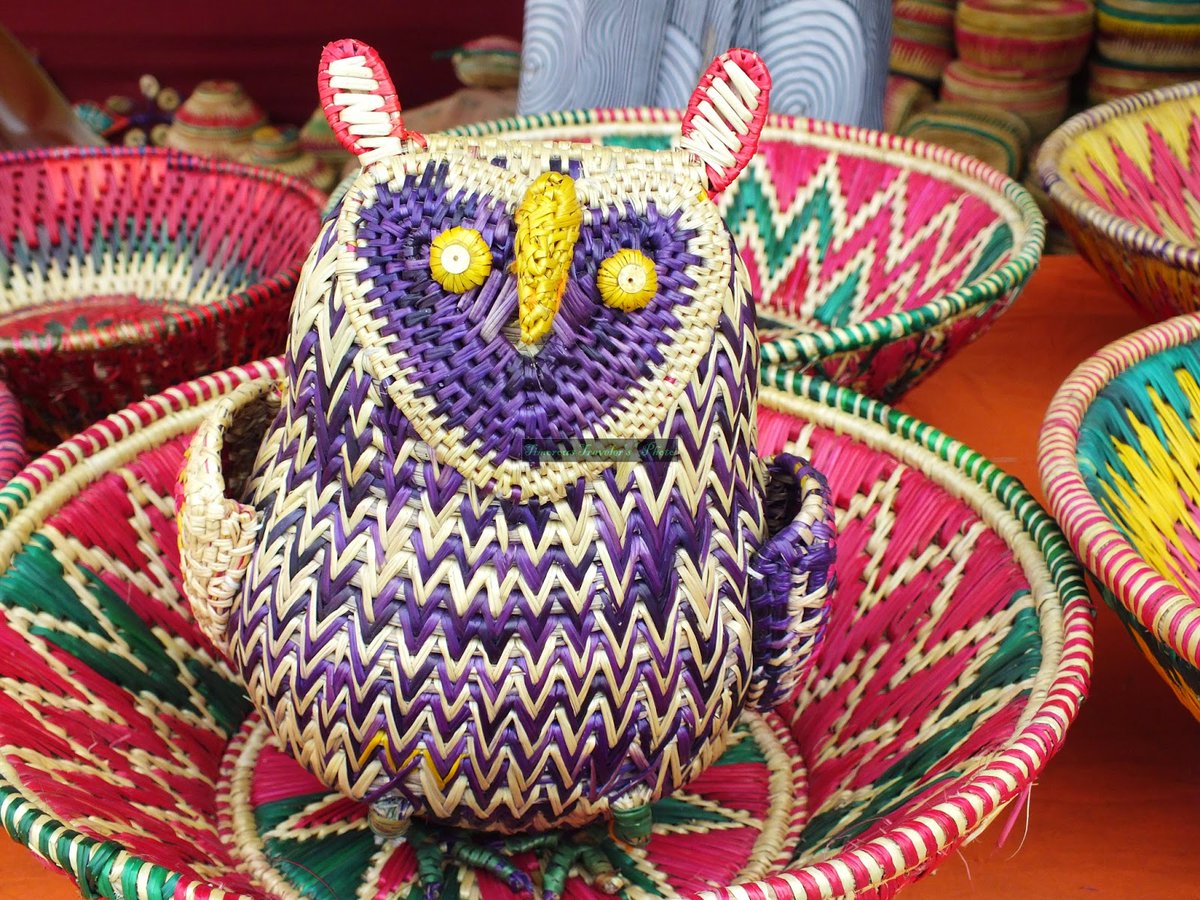
In Pali texts, #Saran of which #Sonepur is a part, appears as one of the sixteen mahajanapadas in which India was divided.
There are valid speculation that Chinese Buddhist pilgrim Fa-Hian came to Sonepur region en route to Pataliputra. (9)
There are valid speculation that Chinese Buddhist pilgrim Fa-Hian came to Sonepur region en route to Pataliputra. (9)

It is surmised by some that Sonepur-Hajipur was an integral part of the Vrijjian Republic. Considering the strategic position of Sonepur and hostile relation of Ajatashatru with the Lichchivis, it is presumed that area formed part of #Magadh during its ascendancy. (10) 
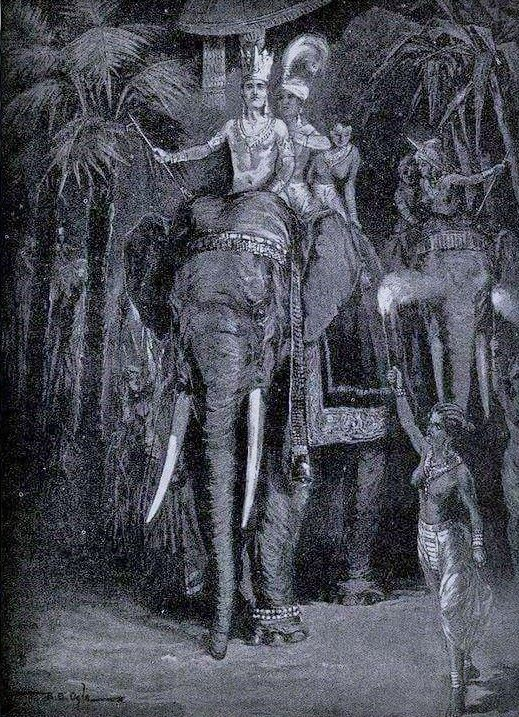
• • •
Missing some Tweet in this thread? You can try to
force a refresh




